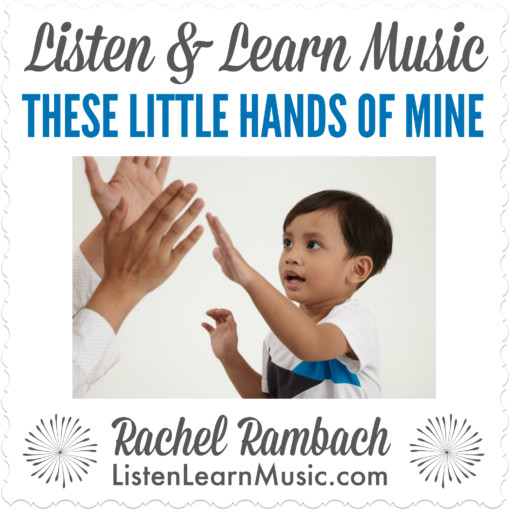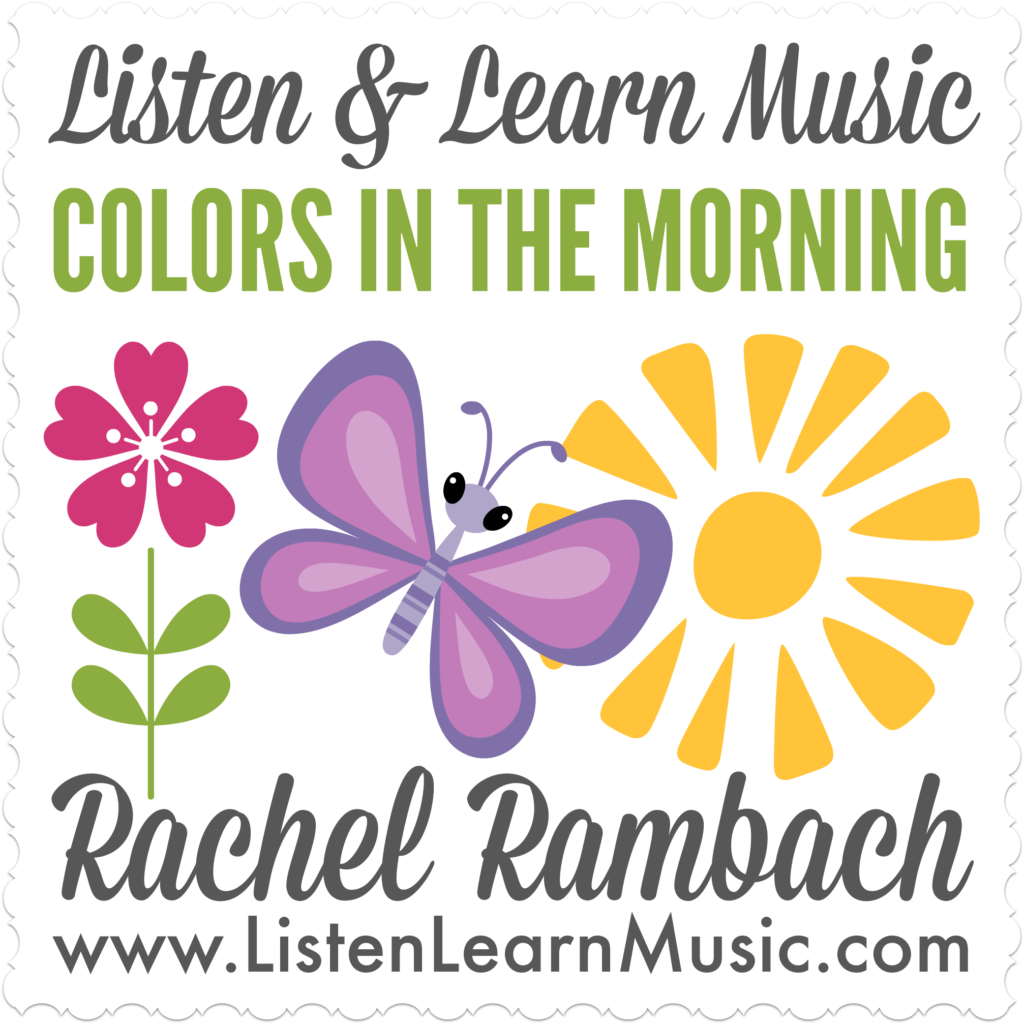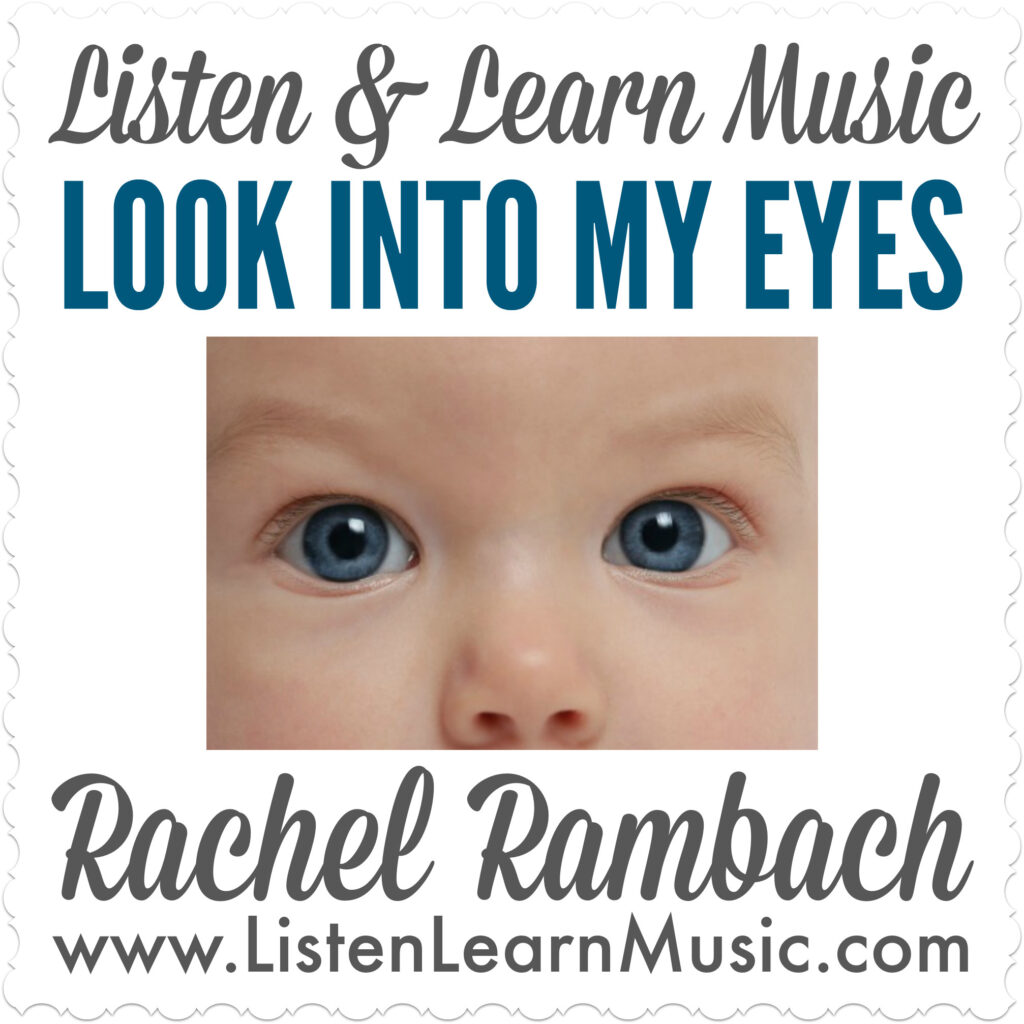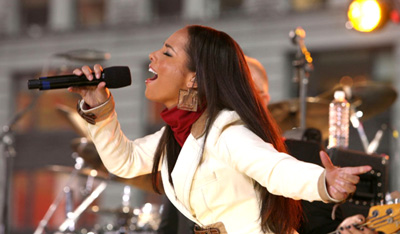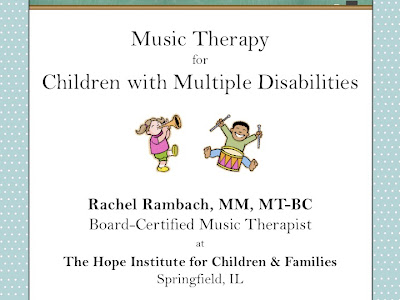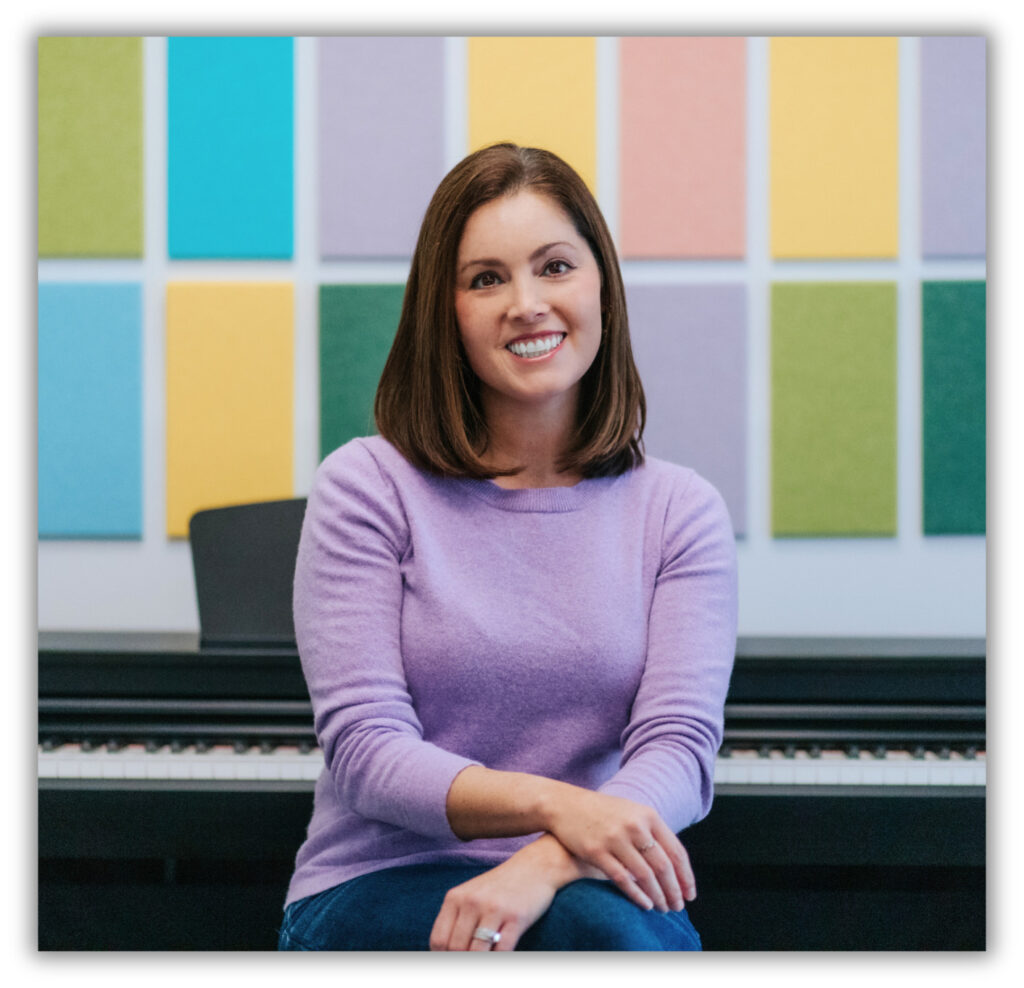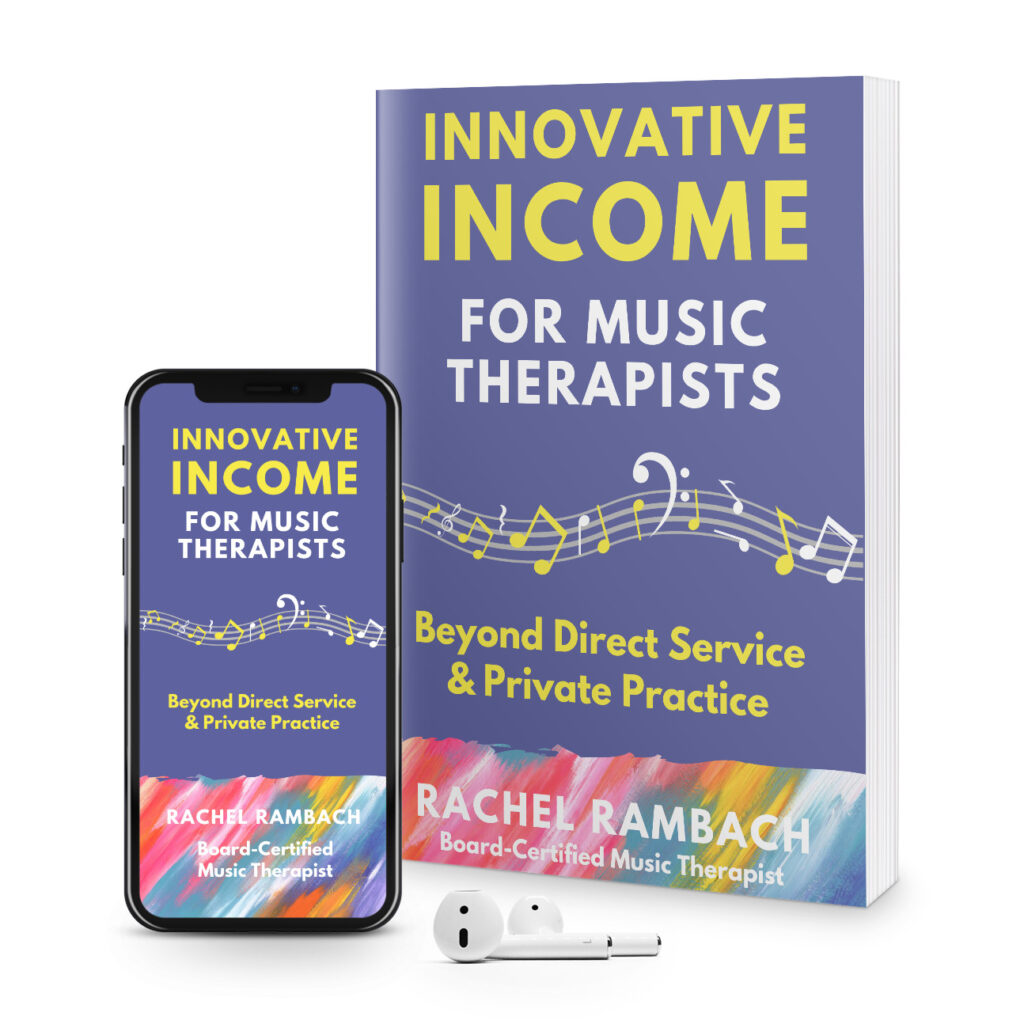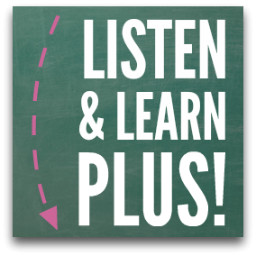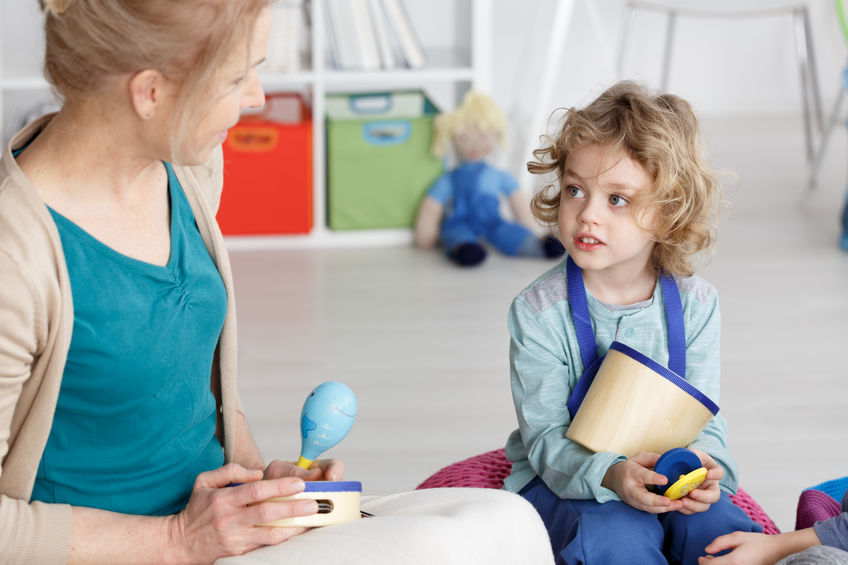
When working with young children, it can sometimes be difficult to understand what they are trying to tell you. Whether that is because their language skills are still developing, their speech isn’t quite intelligible yet, or because other modes of communication are preferred, we need to make sure we are doing all that we can to communicate effectively with our students and clients.
There are many ways in which we can adapt our methods so that we can communicate with children of any age and a variety of needs. Below, I’ve listed a few strategies that I utilize in my music therapy sessions and music classes. I’ve also included a song from the Listen & Learn Music collection that makes use of each communication strategy.
1. Learn basic sign language.
Sign language has been a huge asset to me over the years. It’s so integrated in my brain, I’ve occasionally used sign language in casual conversations! There are basic signs that are easy to learn that can help kiddos express their wants and needs.
The signs that I use most are: more, all done, stop, my turn, please, yes, and no. Color words are very useful to know, as are the signs for music and toilet.
2. Utilize picture cards.
I have visual aides and picture cards for EVERYTHING! When in doubt, bring the picture cards out!! Although there are services and companies that specialize in picture cards, I find they aren’t always necessary.
I usually find free images on the internet to create the visual aides or picture cards I need. I like to make sure that the images I use are simple and clear, and I consistently use the same pictures so that my clients and students understand what they mean.
3. Simplify your language.
Don’t talk so much…seriously, don’t do it! I use direct and simple language so that my kiddos understand me. It’s so tempting to use additional words, but simple is best, and way less confusing for our clients and students.
I avoid using questions when I actually mean to convey a directive, while continuing to be kind. It took me a while to learn that I can give children directions and really mean what I say in a caring way, and that is a wonderful tool!
4. Honor all communication.
If children gesture, use sounds, eye contact, etc., honor it! You can always pair those gestures with verbal labels, but it’s so important that if a child is trying to communicate, we listen in any way we can!
A speech-language pathologist once told me that language shouldn’t be a chore, and that really resonated with me. If there are ways in which we can make communication easier while children develop their skills, we should try to do it! If a child can do something, it is best we encourage that, especially in regard to speech and language, but we should use our best judgement, and when in doubt, consult with others.
It can be tricky learning how best to communicate with children, and I’ve unintentionally led children astray before with my words (I could tell you a story or two…), but with some practice and a few helpful tips, we can all communicate more clearly with our students and clients!
Let me know in the comments below: Do you have any helpful tips for communicating with little ones?

